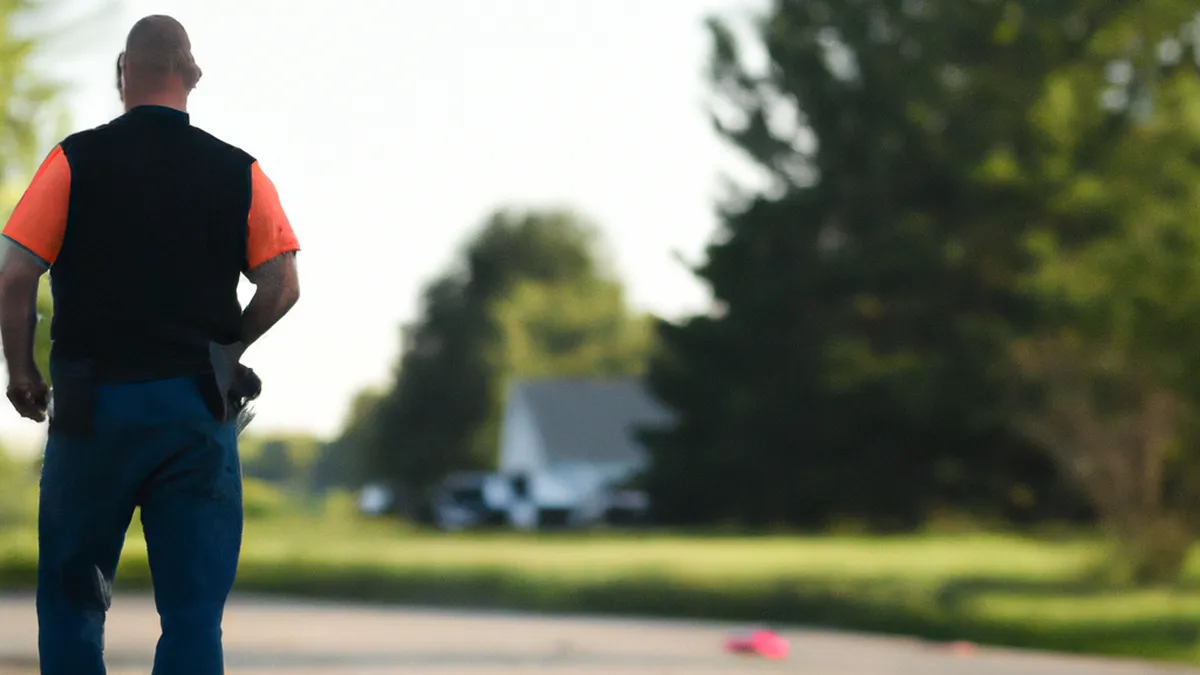Counter Moves for Effective Recovery
Defensive Tactics for Recovery After a Fast Break
As an Amazon Associate I earn from qualifying purchases.
Gear tip: consider standing desk balance board, desk cycle and insulated water bottle to support this workout.
In basketball, a fast break can change the game quickly. The offensive team can score easily and catch the defense off guard. The defensive team must react swiftly and minimize the damage. Effective recovery from a fast break requires strategic tactics, quick decisions, and strong communication. This blog explores strategies to improve your team’s recovery after a fast break.
Understanding the Fast Break
A fast break happens when a team quickly pushes the ball up the court after gaining possession. This aggressive strategy exploits the defense’s unpreparedness, creating scoring opportunities. Fast breaks often lead to high-percentage shots like layups or dunks, making them crucial in modern basketball.
Defenders must recognize likely transitions. A fast break often follows a missed shot, turnover, or aggressive play. Understanding fast break mechanics helps defenders anticipate and respond effectively, minimizing the opposition’s scoring chances.
Key Defensive Tactics for Recovery
1. Prioritize Transition Defense
Transition defense is vital after a fast break. When possession changes, defenders must sprint back, keeping their heads up to locate the ball and assignments. Every second counts, so disciplined players can limit fast break opportunities.
To enhance transition defense, emphasize hustle. Encourage players to communicate by calling out assignments and reminding each other to sprint back. A mindset focused on transition defense ensures everyone prepares for the opposing team’s strategies.
2. Identify the Ball Handler
Once the defense transitions, identifying the ball handler is crucial. This player usually leads the fast break and poses the immediate threat. Assign a defender to stay close and apply pressure, disrupting the ball handler’s decision-making. By focusing on the ball handler, defenders can force rushed or poor choices.
Players should anticipate the ball handler’s next move. Encourage them to read body language, as subtle cues indicate whether to drive, pass, or shoot. This anticipation gives your team an edge, allowing defenders to react effectively.
3. Protect the Paint
After a fast break, protecting the paint becomes essential. Offensive players will often drive to the basket for easy scores. Defenders should position themselves near the key, ready to contest shots or defend against drives. This positioning helps secure the basket.
Conclusion
Implementing these defensive strategies enhances recovery after a fast break. Prioritize transition defense, identify the ball handler, and protect the paint to improve your team’s performance.
Below are related products based on this post:
FAQ
What is a fast break in basketball?
A fast break occurs when a team quickly pushes the ball up the court after gaining possession, aiming to exploit the defense’s unpreparedness and create scoring opportunities. It often leads to high-percentage shots like layups or dunks.
Why is transition defense important after a fast break?
Transition defense is crucial because it allows defenders to quickly return to their positions and locate the ball and assignments. By emphasizing hustle and communication, teams can limit the opposition’s scoring chances during these rapid changes in possession.
How can defenders effectively protect the paint after a fast break?
Defenders can protect the paint by positioning themselves near the key to contest shots and defend against drives. This strategic positioning is essential for securing the basket against offensive players who may attempt easy scores after a fast break.















Post Comment